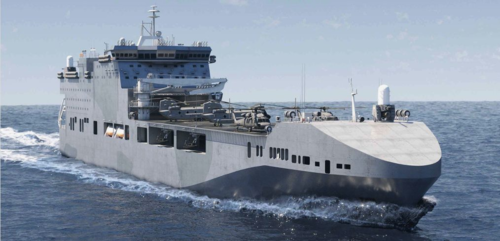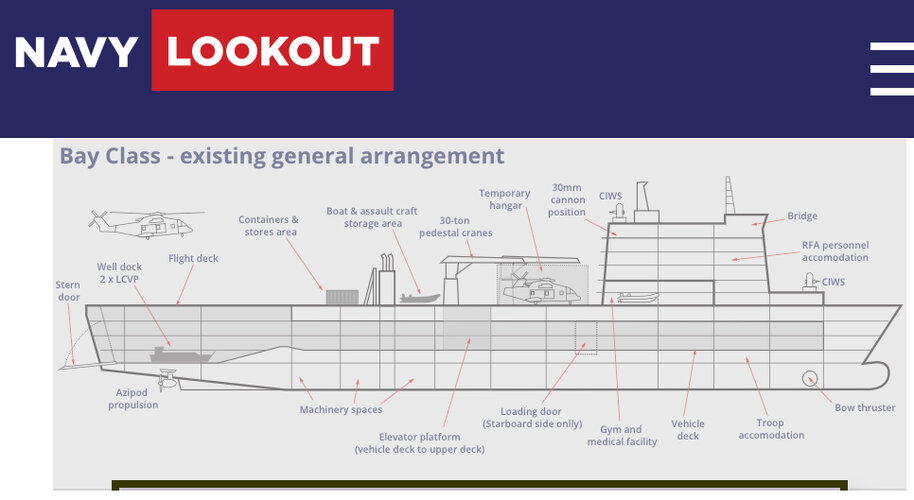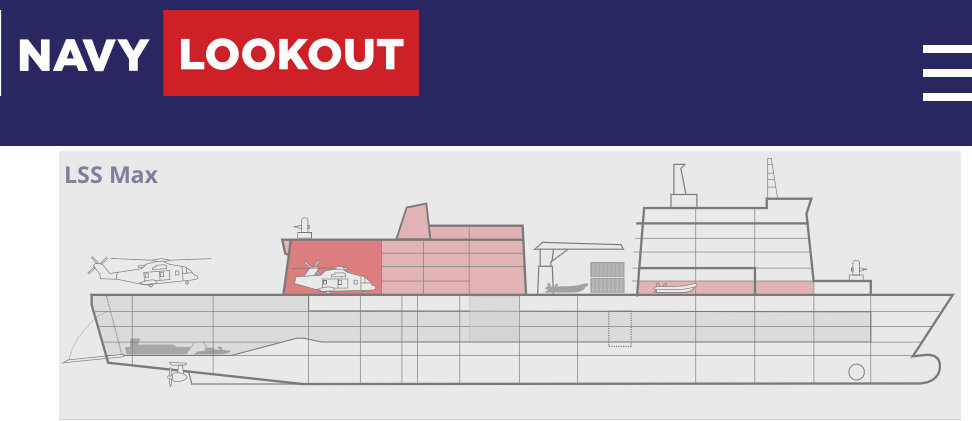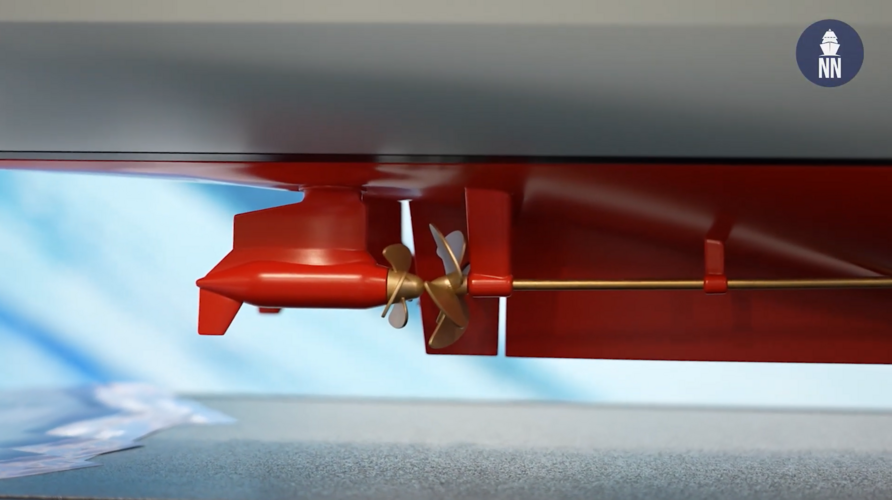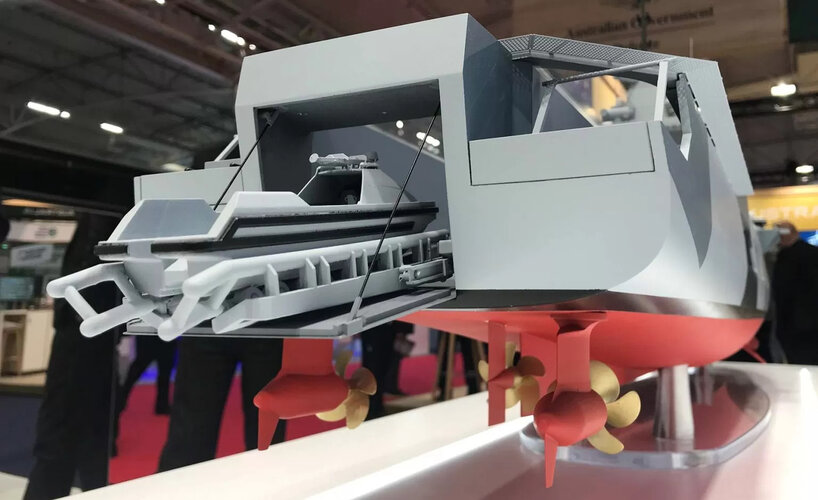Do the Royals include any AAV and/or other ground vehicle crew in their number, or are they very pure infantry?
It's important to understand 3 Commando Brigade isn't a pure RM unit, it's had Army units assigned going back to the Cold War, manning was 70% RM, 30% Army, though how accurate that is now I don't know. 40, 42 and 45 Commandos* are light role infantry, though leaning over towards Marine Raiders/special forces with this new LRG tasking, but other RM units include:
30 Commando Information Exploitation Group are ISTAR specialists, including the Brigade Patrol Troop (formerly the Falklands era Mountain and Arctic Warfare Cadre), roughly equivalent to USMC Force Recon.
43 Commando Fleet Protection Group (formerly Commachio Group) handle force protection worldwide and nuclear weapons security in the UK. They used to do Maritime CTW, but that role was switched over to the SBS.
47 Commando (Raiding Group), formerly 1 Assault Group, is the RM's specialist amphibious unit, driving not just landing craft, but fast raiding craft, so equivalent to the USN Riverine Warfare units.
Commando Logistic Regiment - does all the logistics support functions for the Brigade, significantly RN manned, but anyone assigned to 3 Commando Brigade can do the All Arms Commando Course.
Royal Marines Armoured Support Group with the BvS10 Viking - whether they're part of the Commando Logistic Regiment or 47 Commando depends on which source you read.
Army units assigned include:
24 Commando Regiment, Royal Engineers
29 Commando Regiment, Royal Artillery with 3 batteries of 105mm Light Guns.
The Cold War assumption was 3 Commando Brigade would be reinforced in wartime with a squadron of the Life Guards in Scorpion/Scimitar. Whether there's any similar assumption nowadays I don't know.
And then there's the Commando Helicopter Force, two Naval Air Squadrons with Merlin and one with Wildcat.
* Plus one of the Dutch Marine Combat Groups at full strength.
